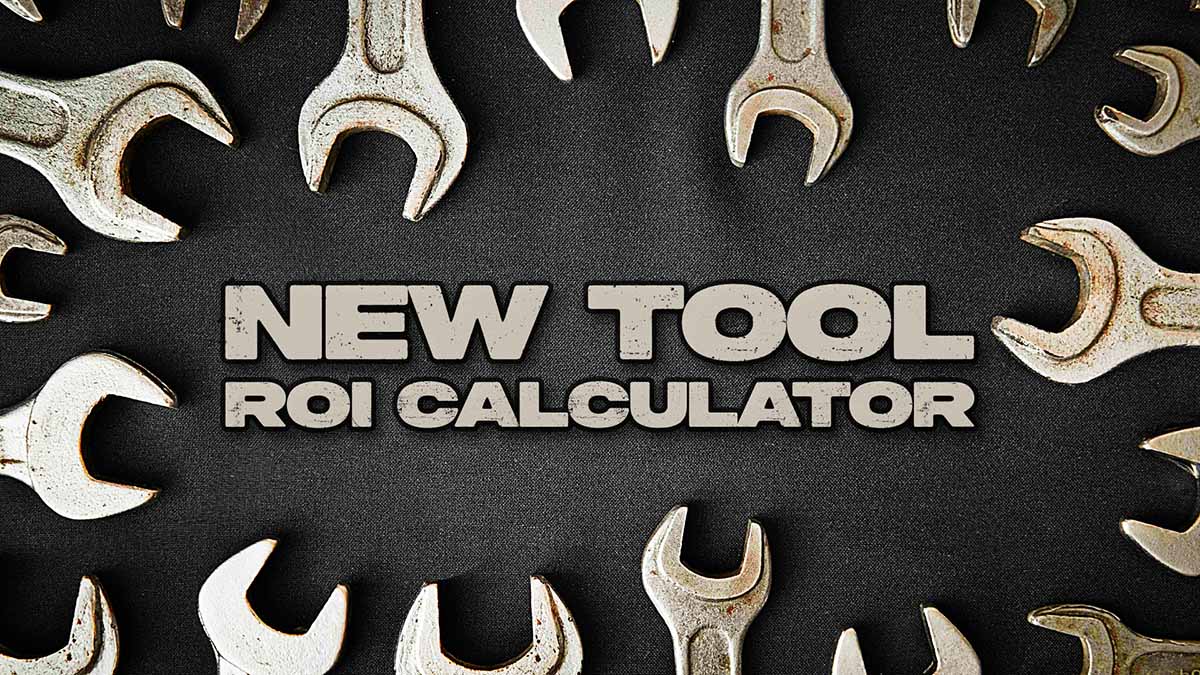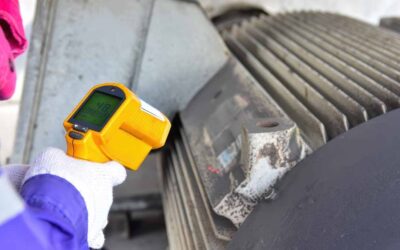I visited a truck shop in a surface mine, and, like always, I walked around looking at the layout, the people, and the tools. It was well laid out with pull-through bays (remember, these are huge trucks), so there was no backing up.
Air hoses and electric outlets were located at both ends of each bay. There was also piped motor oil and antifreeze at the head end. Tools were in the alley between trucks. The place was relatively clean, and housekeeping was pretty good.
A shop’s efficiency isn’t just about workflow—it’s about having the right tools in the right place at the right time.
The “in” side of the shop was the “dead” line where all trucks waiting for service were parked. All trucks entered the wash bay before entering the shop (a great idea).
On the “out” side of the shop, the completed trucks were parked on the “go” line, ready for use. What a nice set-up.
A missing tool doesn’t just slow work down—it quietly drains time, money, and efficiency every single day.
During a chat, the people working on the floor had a gripe (I don’t think I’ve ever visited a maintenance shop where there wasn’t a gripe or ten!). They told me there was a shortage of tools.
They explained these were not super expensive but everyday tools like the oil drain cart and rolling stair ladders. These items are relatively inexpensive, especially compared to the truck’s $250,000-$1,000,000 used price.
I started to wonder what it cost not to have a tool. It turns out there is a quick and dirty way to calculate savings.
A Quick Calculation of ROI from Time Savings
We could estimate the crew’s daily savings in minutes by having ladder stairs for each bay (instead of 2 or 3 for the whole shop). Let’s say we could reasonably see 25 minutes savings per day per mechanic; if we have 15 mechanics, that is 375 minutes per day. You could do this for any tool, rearrangement, or other change in your shop.
A Simple Universal Formula to Calculate ROI for Small Investments
(in any currency with labor rates from labor savings in minutes!)
18 * (savings in minutes) * hourly rate = Savings
There are three simple assumptions:
- The first assumption is that savings should generate a 50% ROI or a 2-year payback.
- The second assumption is that the total cost of a worker is 2.5 times their hourly wage. This multiplier accounts for salaries, benefits, overtime, all leave and vacation, lost time, and the pro-rated overhead of the shop allocated to that worker. We will use $25/hour wages ( so 2.5 * Labor cost, resulting in a burdened labor rate of $62.50). If you want greater accuracy, consult your accounting department for the actual ratio.
- Two years is about 440 days of work (5 days per week * 52 weeks = 260 with 40 days per year on leave, sick time, and other duties).
Approximate Savings in Local currency =
Labor rate per hour in local currency * savings in minutes * 18
So, in our example US$25 * 375 minutes a day * 18 = $168,750
At about $2750 per set of stairs, the investment for the 12 (excluding the sets we already have) is a measly $50,000! ( $33,000 plus freight and assembly).
Wow, that was easy. Here is the math behind it.
Savings for 1 day = ((Labor rate * burden rate) * savings in minutes)/ 60 minutes
Savings for 1 day = (($25 * 2.5) * 375 minutes) /60 = $390.62
Savings for 2 years = $390 * 440 = $171,600 (an approximation)
Another way to view this is to realize that a one-minute-per-day labor savings generates $500 over two years.
Remember that this kind of savings does not appear on the company’s books. It is only useful if you can recover the time to do other work, eliminate a defect, or get some value from the saved time.











